Oppo Reno 12 Pro review: portrait specialist with affordable AI
Mid-range performance at a sensible price
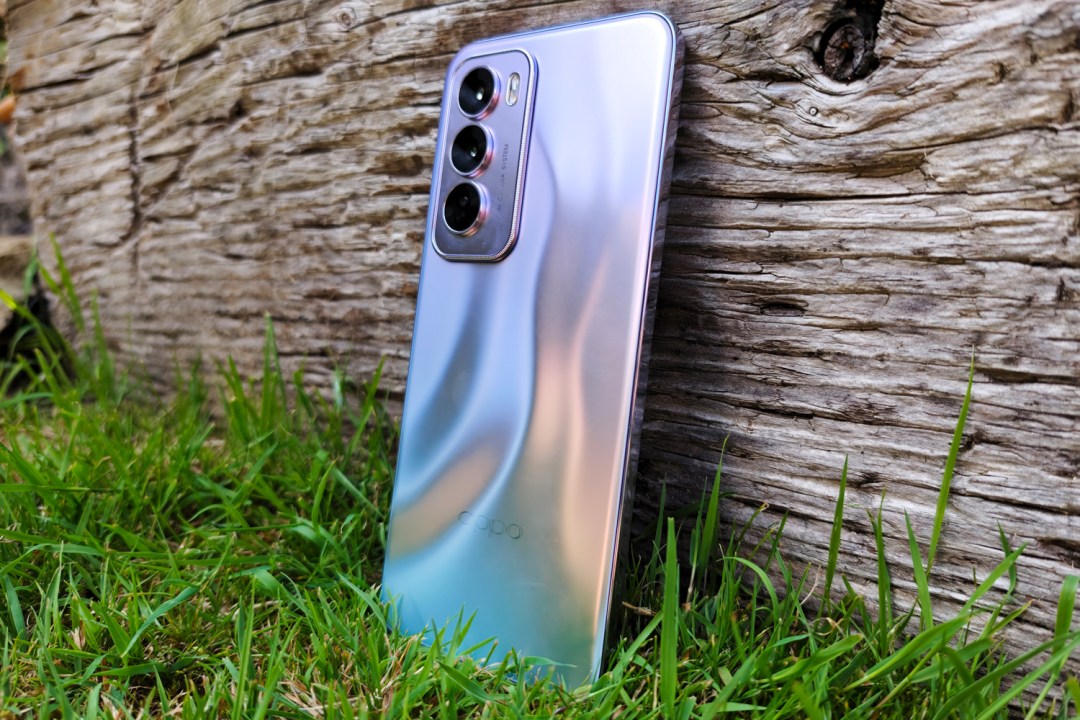
Stuff Verdict
This big-screen mid-ranger does the basics well, and has cameras that punch above their weight. The Oppo Reno 12 Pro can’t claim class honours in any one area, but is a consistent all-rounder
Pros
- Vibrant OLED screen
- Main camera takes very respectable snaps
- Long-lasting battery with speedy charging
Cons
- Gamers will find better performance elsewhere
- Plastic build feels a little cheap
- Lots of pre-installed bloat
Introduction
AI might be the phone world’s favourite buzzword right now, but it’s really only made a dent at the flagship end. Mid-range smartphones with machine learning are a lot less common, at least for now. The Oppo Reno 12 Pro is looking to change that.
This affordable offering launched in China in May 2024, and was finally cleared for a global launch a few months later – albeit with a few changes, including a less potent processor. There’s still a top-tier screen, portrait-friendly camera setup and a burly battery here, along with a few features that are on the endangered species list at other phone brands.
A £499 launch price put the Reno 12 Pro directly up against Google’s entry-grade AI phone, the Pixel 8a – and makes it considerably more expensive than the Samsung Galaxy A55. With some of the heralded AI features still MIA at the time of writing, has Oppo done enough to compete?
How we test smartphones
Every phone reviewed on Stuff is used as our main device throughout the testing process. We use industry standard benchmarks and tests, as well as our own years of experience, to judge general performance, battery life, display, sound and camera image quality. Manufacturers have no visibility on reviews before they appear online, and we never accept payment to feature products.
Find out more about how we test and rate products.
Design & build: plastic fantastic
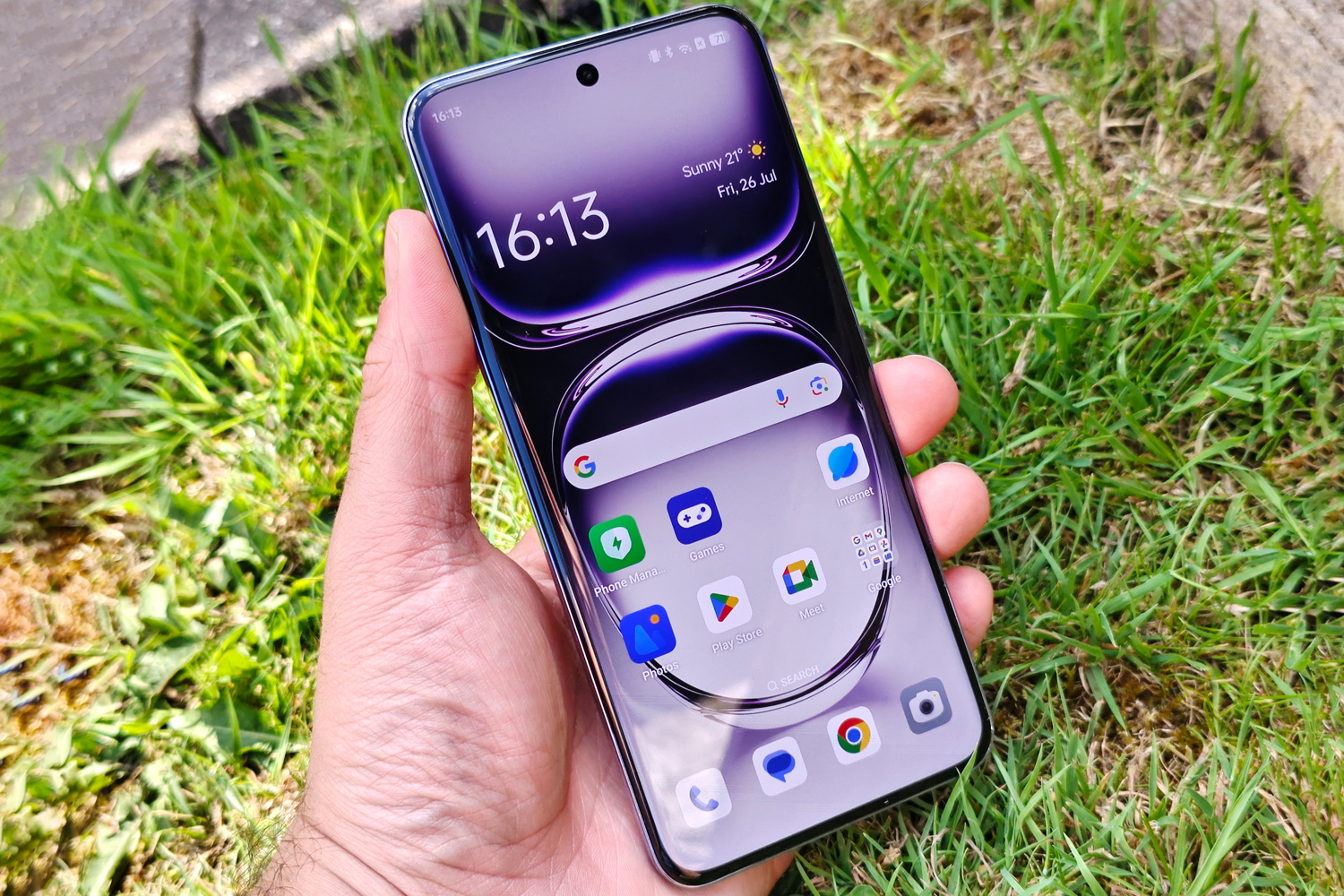
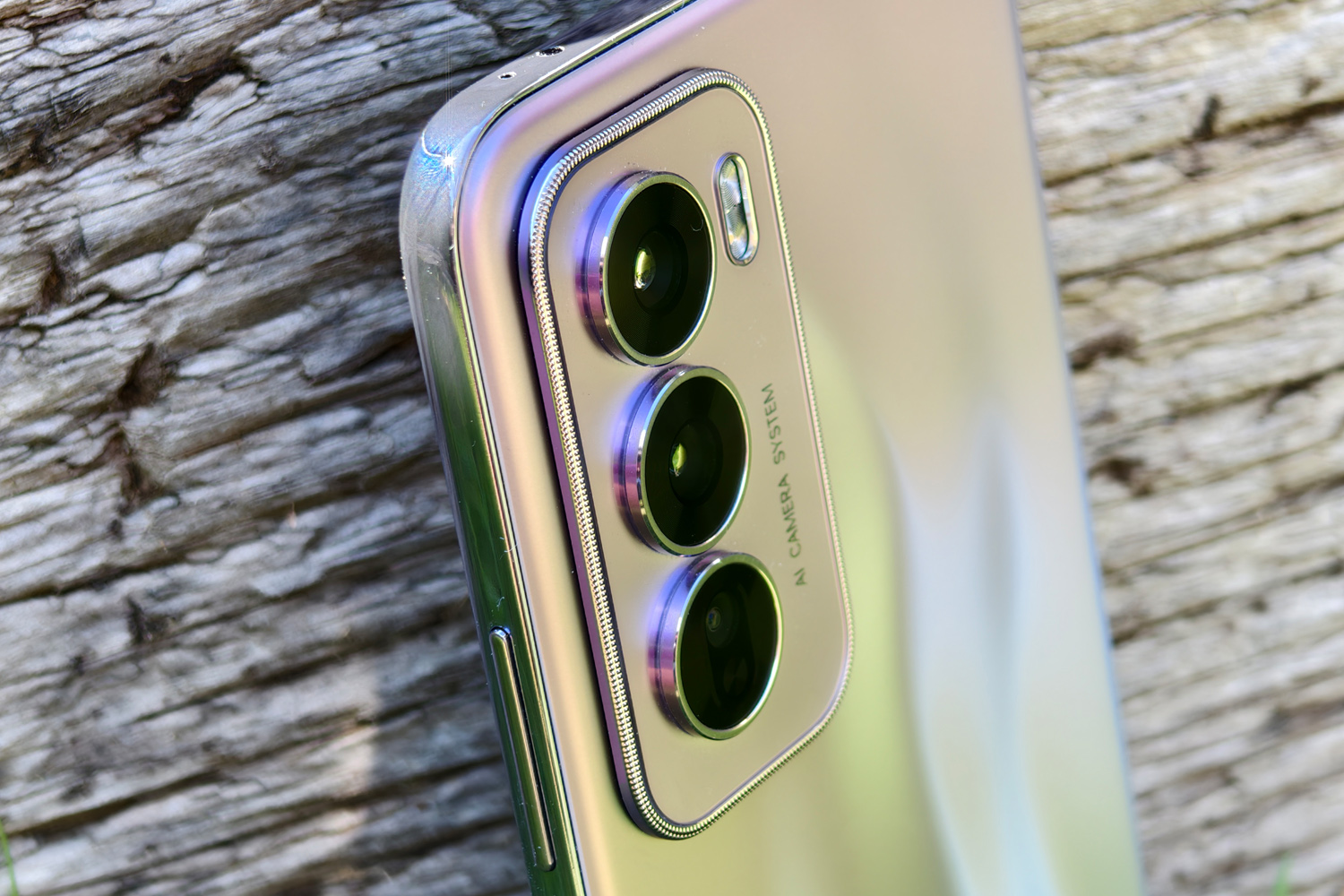
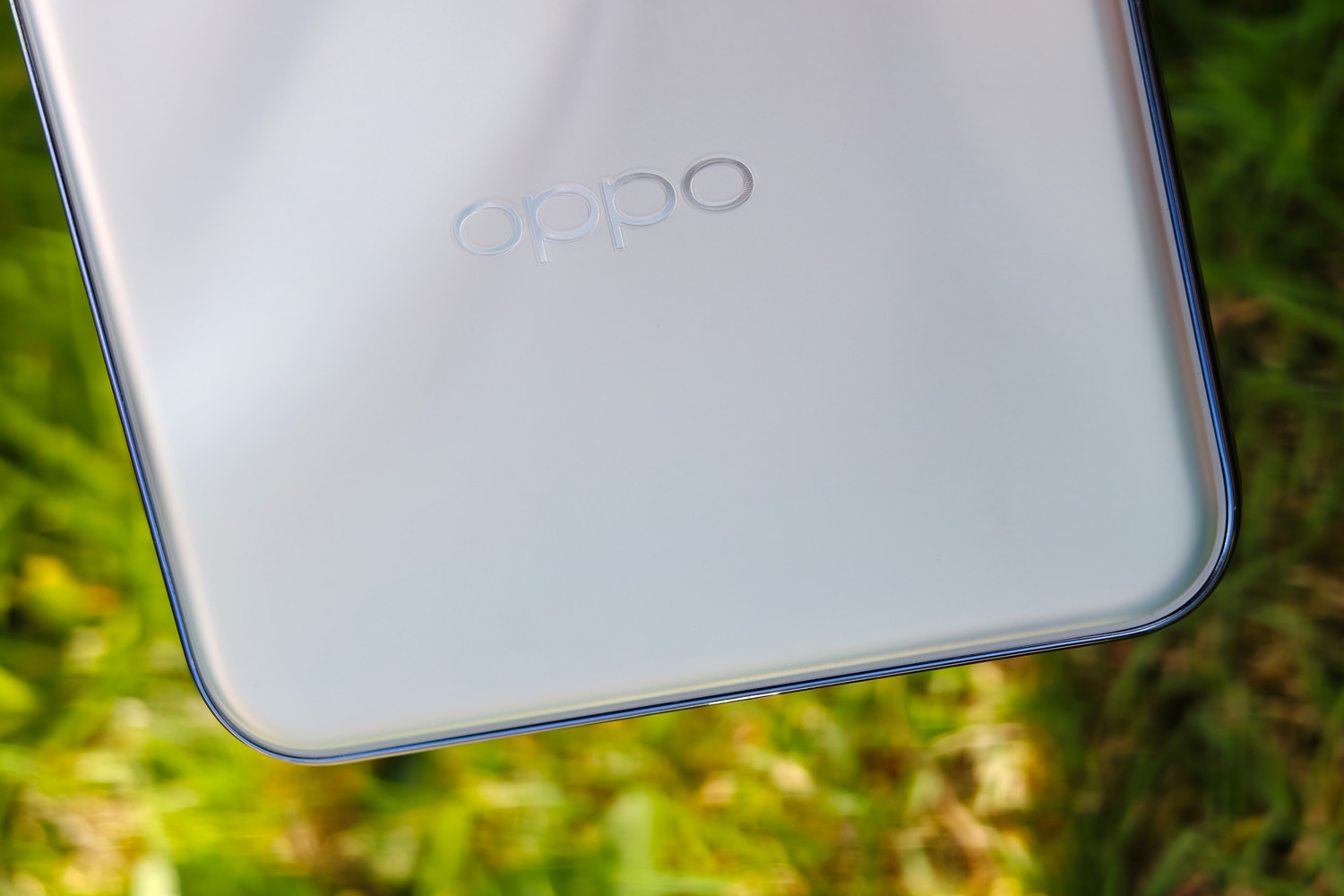
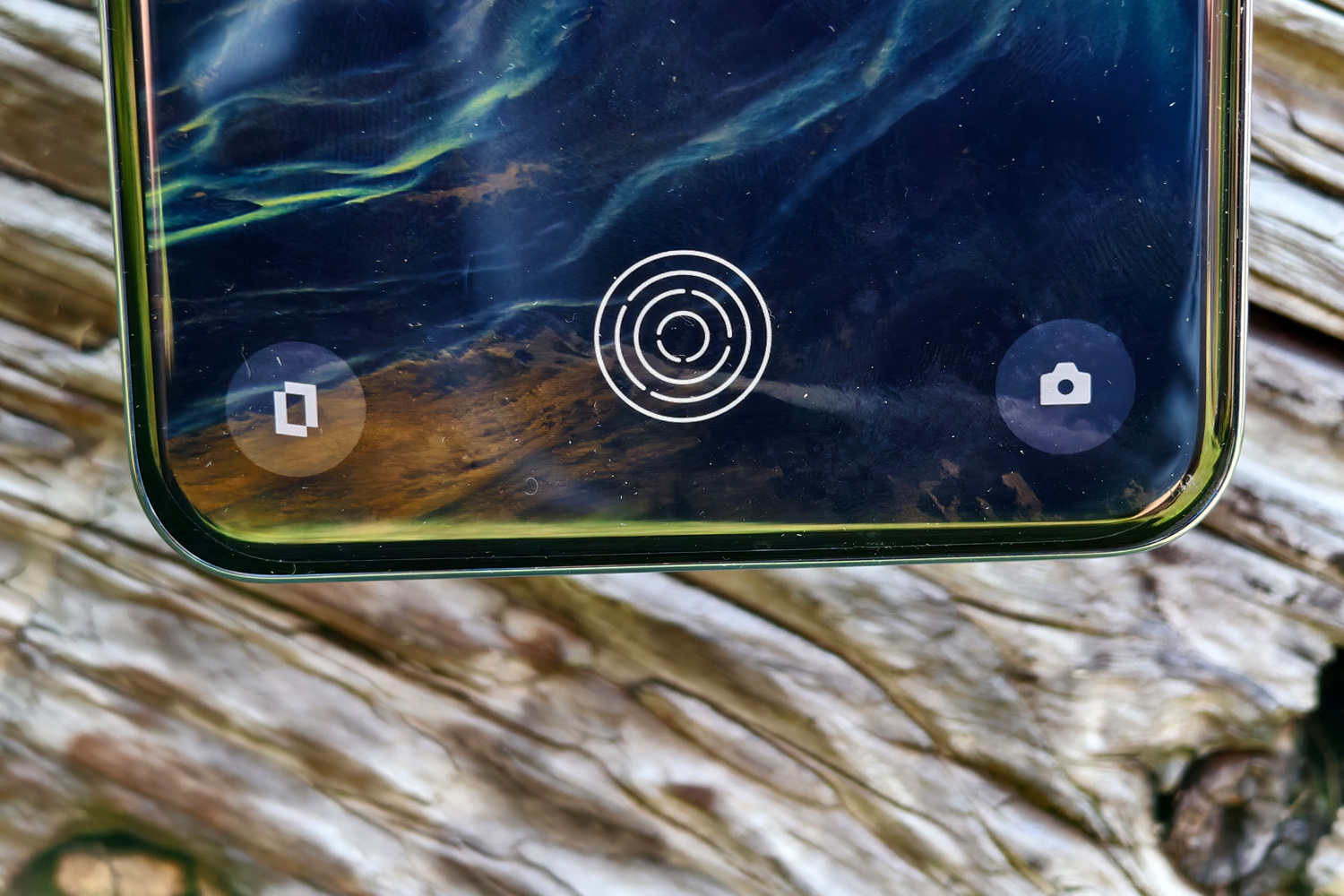
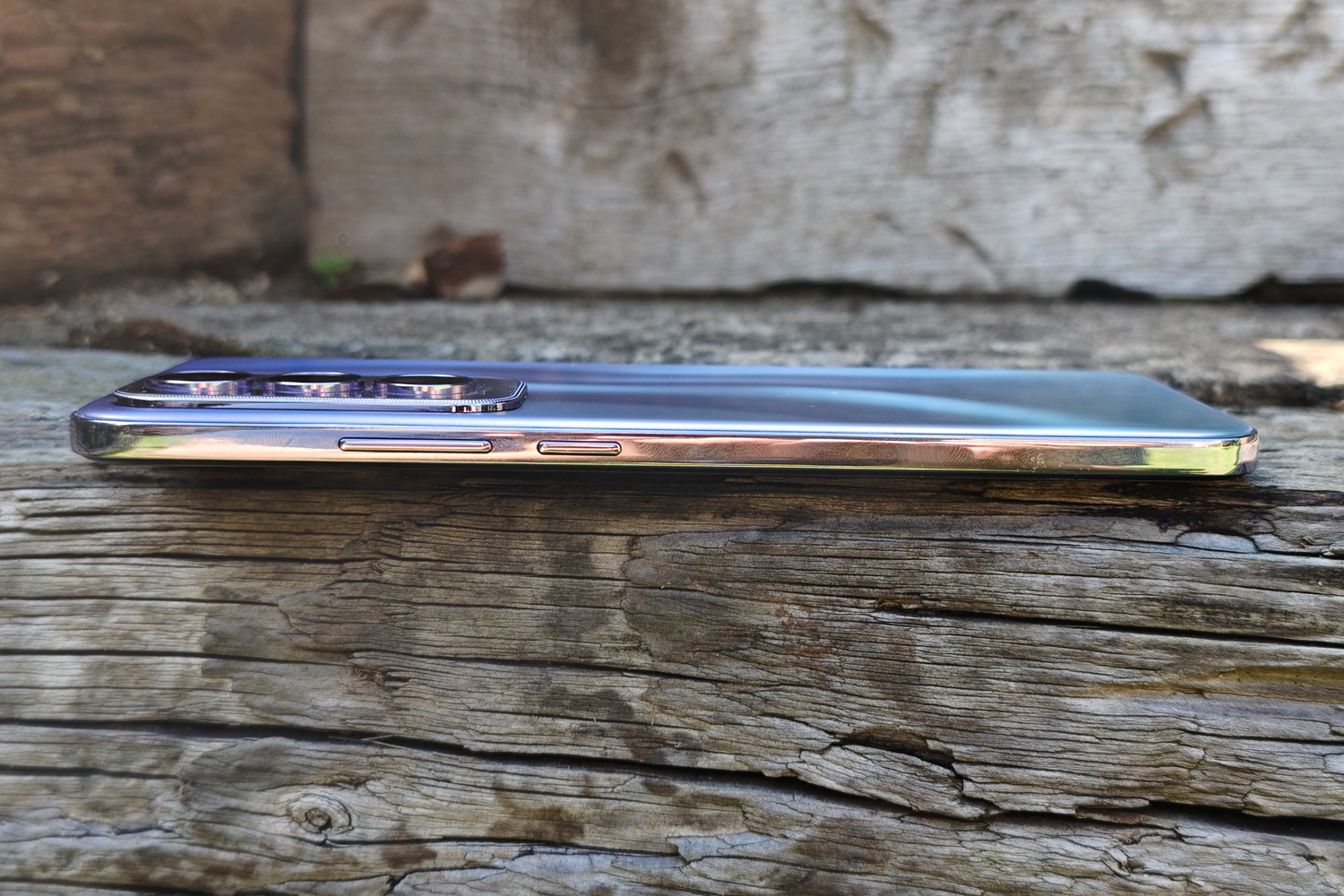
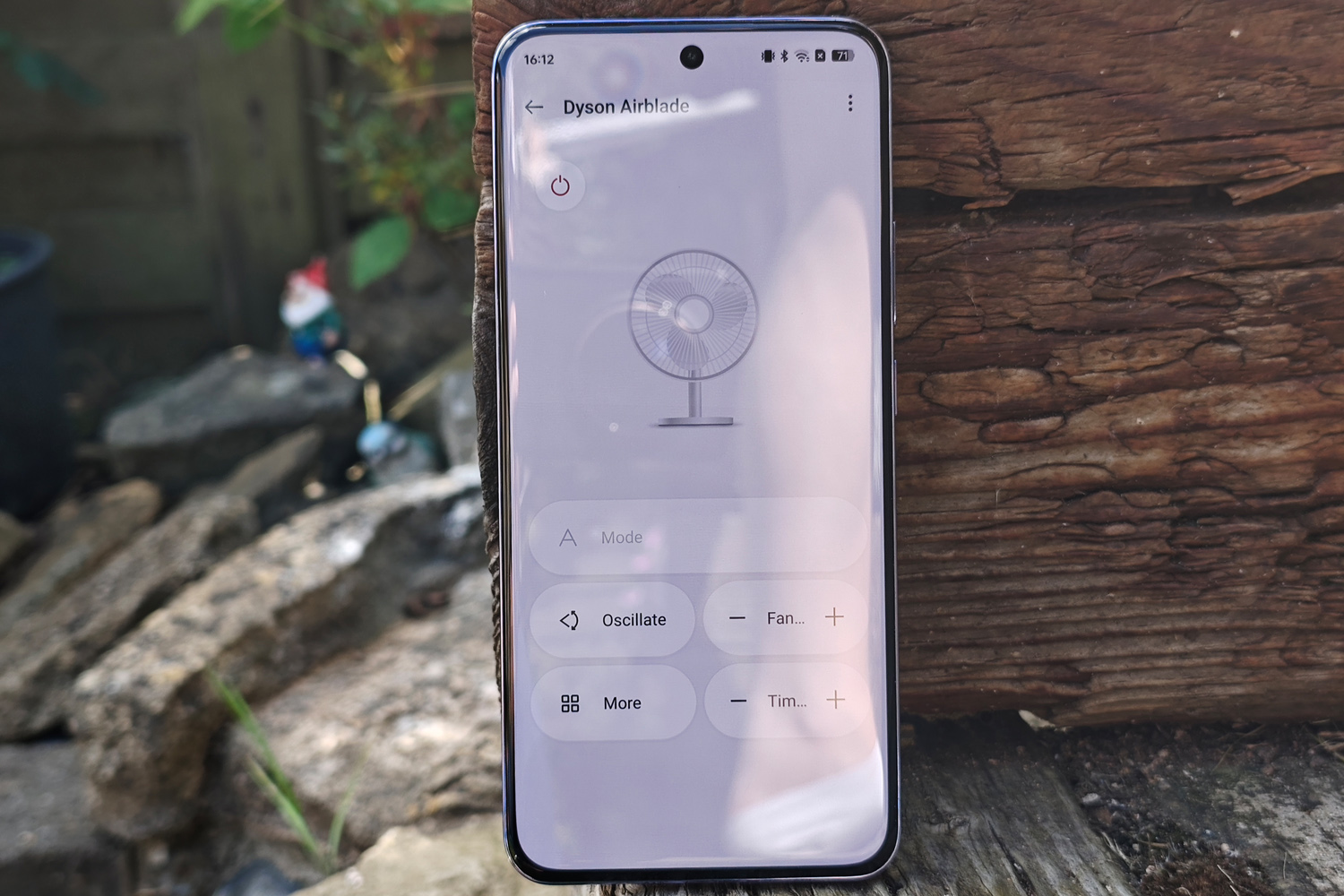
“Nebula Silver” colour aside, with its rippling rear panel that fades into more of a pinky-purple, there’s not much about the Reno 12 Pro that stands out to me. The generic camera bump and flat frame that mimics polished metal could easily be mistaken for any number of budget phone brands. The Space Brown and Sunset Gold colours, which I’ve only seen in pictures, are even more generic. At least it does a decent job of hiding fingerprint smudges. The same can’t be said for the frame.
At a slender 7.4mm it sat comfortably in my palm, but there’s no mistaking the materials for anything other than plastic. The 180g weight is another giveaway this phone was built to a budget. Still, Oppo has managed to provide a decent level of dust and water resistance, earning an IP65 rating. That’s not as good as a Pixel 8a, but will protect you from drinks spills and rain showers.
Other nice-to-haves include an under-display fingerprint sensor, which was as quick and accurate as I’d expect from a mid-range phone, and an IR blaster for controlling your other tech. It’s still a common inclusion on phones from Chinese brands, and I found it useful for controlling a floorstanding fan. A microSD card slot for adding extra storage was great to see, too.
Gorilla Glass Victus 2 on the front of the phone should hold up well against scrapes and scratches. Many mid-tier handsets still use older versions of Corning’s toughened glass, so Oppo scores points here. The pre-installed screen protector gives extra peace of mind, too.
Screen & sound: ahead of the curve
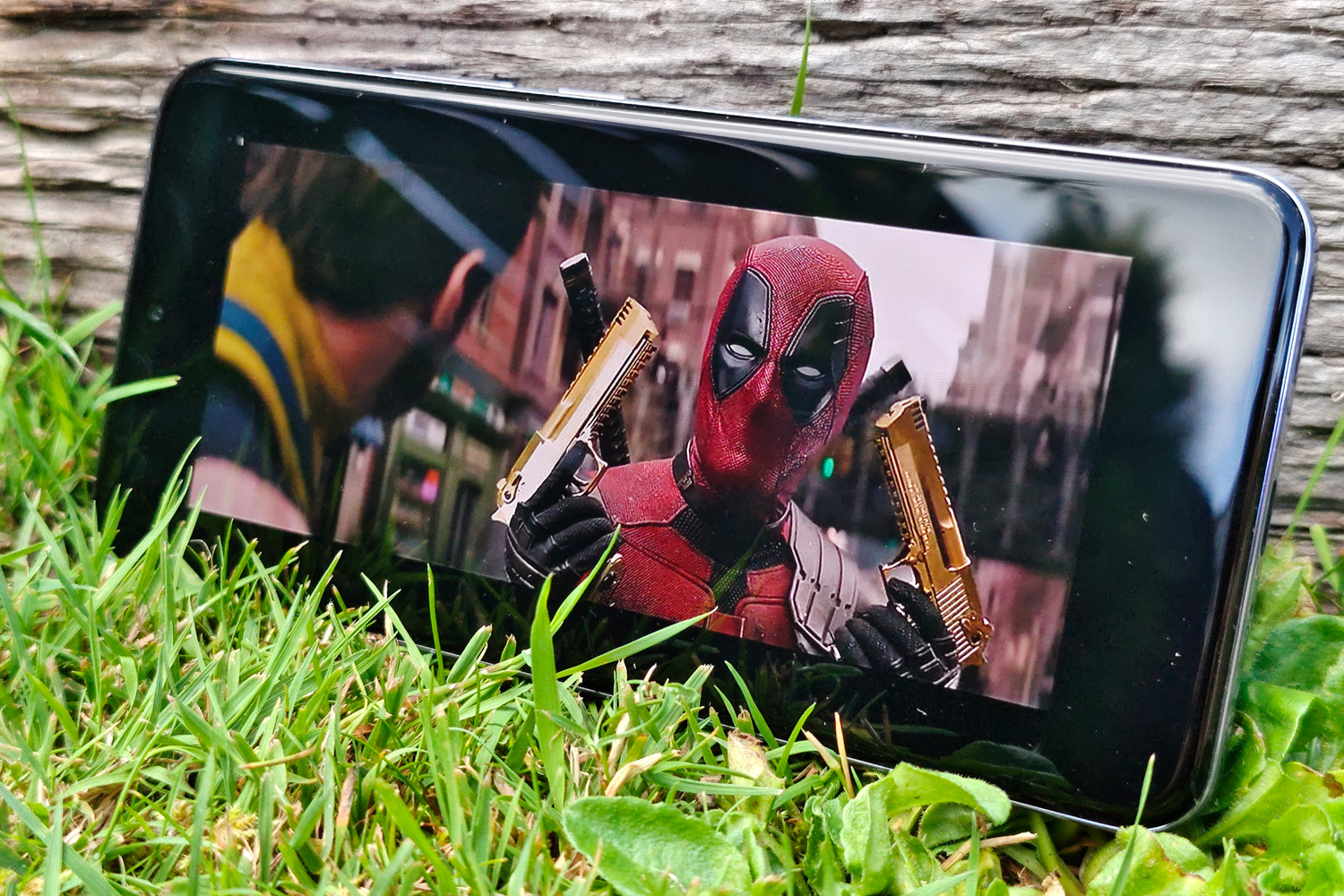
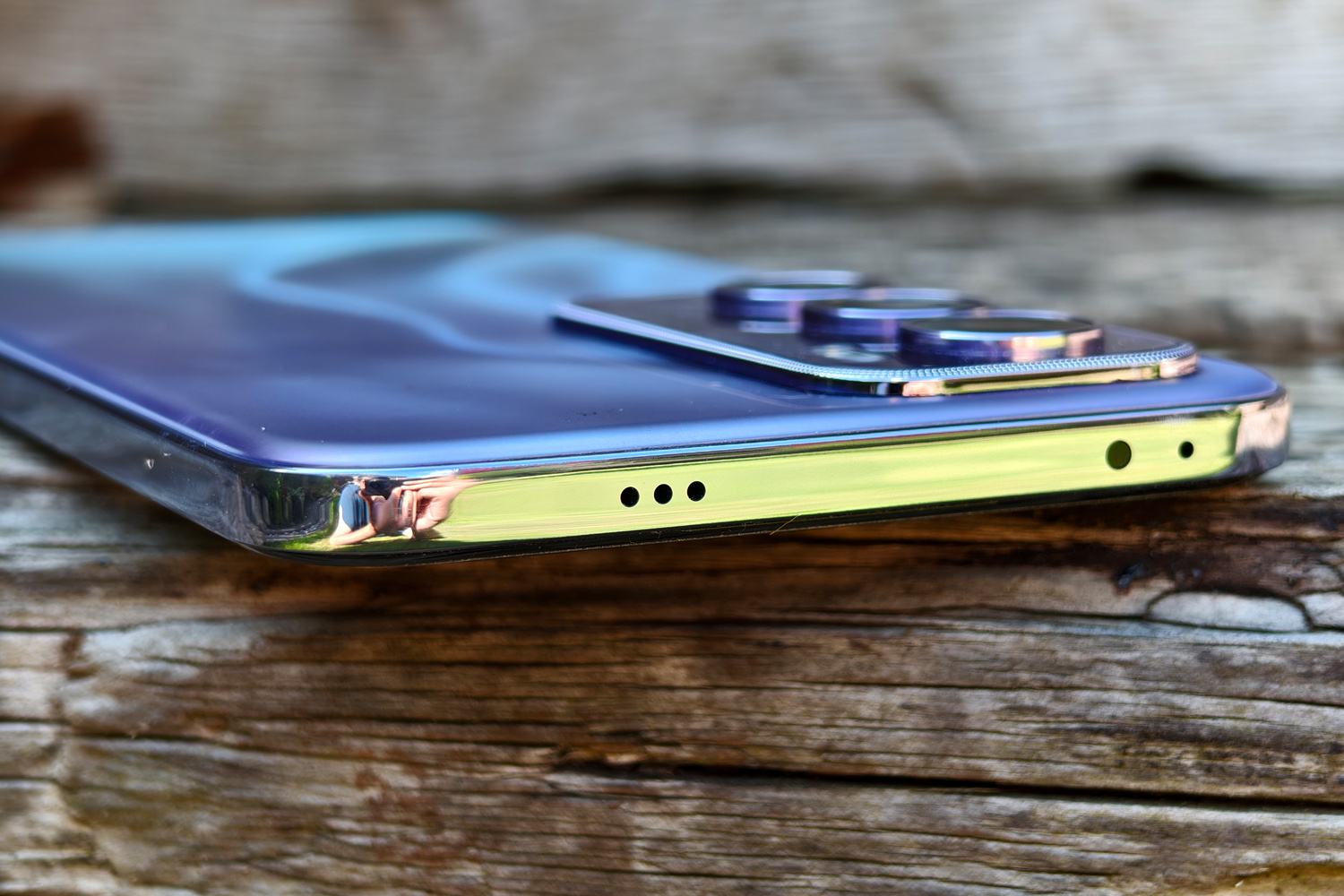
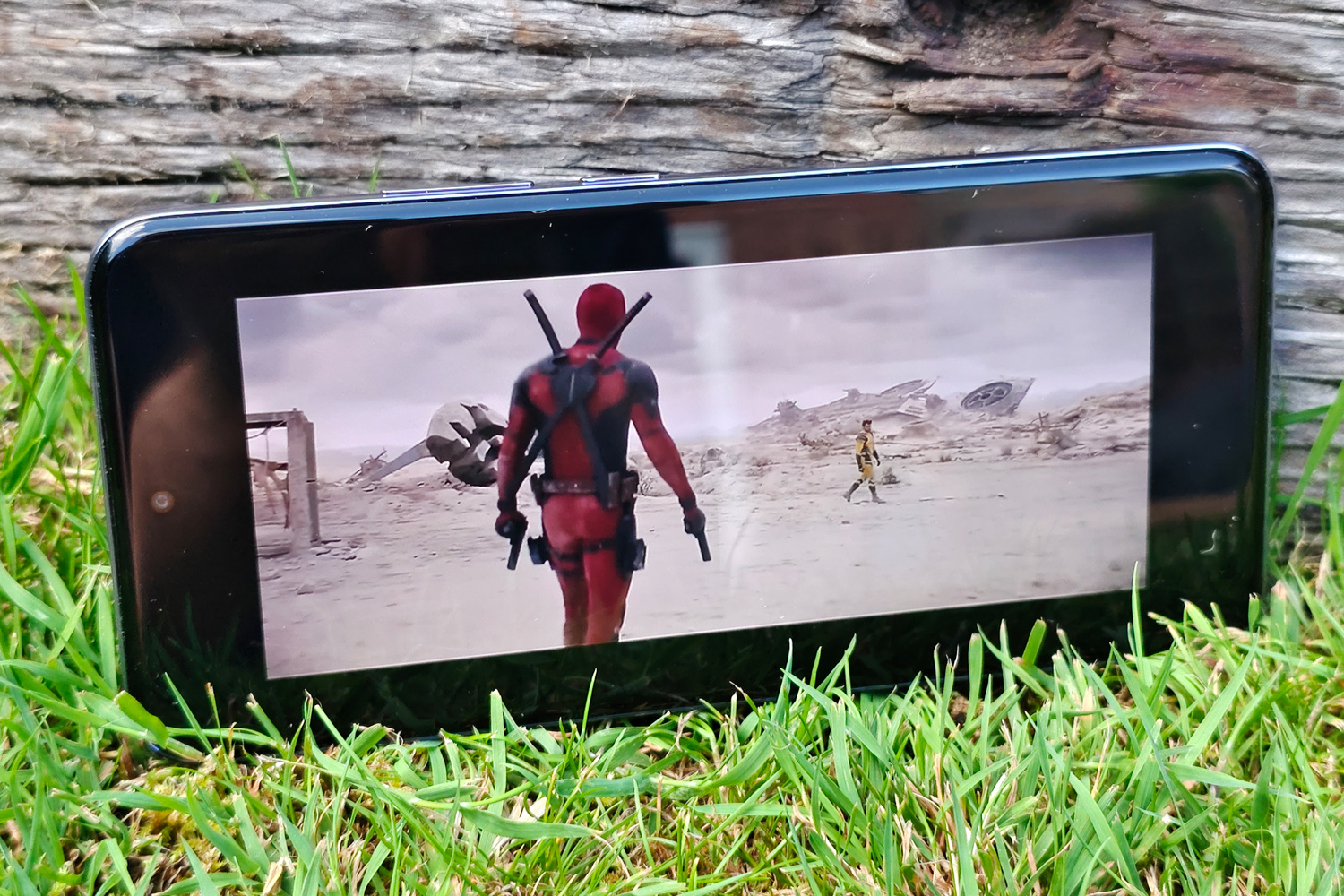
Curved-edge screens have fallen out of favour with some phone fans, so Oppo has gone for a halfway house approach meant to please those on both sides. The Reno 12 Pro uses 2.5D glass with subtle curvature at all four edges that only really kick in where the screen bezels start. The OLED panel underneath is flat. I’m a fan: it doesn’t create distracting light reflections that make parts of the screen harder to see, but feels nicer in the hand than a fully flat display.
The 6.7in screen has a fairly typical 2412×1080 resolution that looks decently crisp at arms’ length, and an adaptive refresh rate that boosts to 120Hz for motion. It sticks at 60Hz for static images, so can’t match an LTPO panel for power saving, but is fairly quick to switch between the two.
Oppo reckons it can hit a peak 1200nits brightness, which isn’t going to set any records – even at the midrange. Real-world testing suggests it’ll do just fine while outdoors, unless it’s an especially bright day. There was certainly enough oomph here to give photos and videos real impact when I was sat inside. HDR10+ support gave streaming content a lift, too.
I had no complaints about colours or contrast, which were both on the money for OLED tech. Oppo has dialled up the saturation a little in the default Vivid mode, but switching to the Natural preset gave photos a more lifelike appearance. It also gave a warmer tone overall, so I’d definitely recommend owners make this the first setting they change.
The speakers – one down-firing main driver and an earpiece that points forwards – are a good match to the screen. They’re clear, have at least some semblance of low-end, and stereo separation isn’t bad either when held in landscape. There’s actually too much volume on tap, becoming distorted and overly sibilant once you crank it beyond 80%.
Cameras: portraits preferred
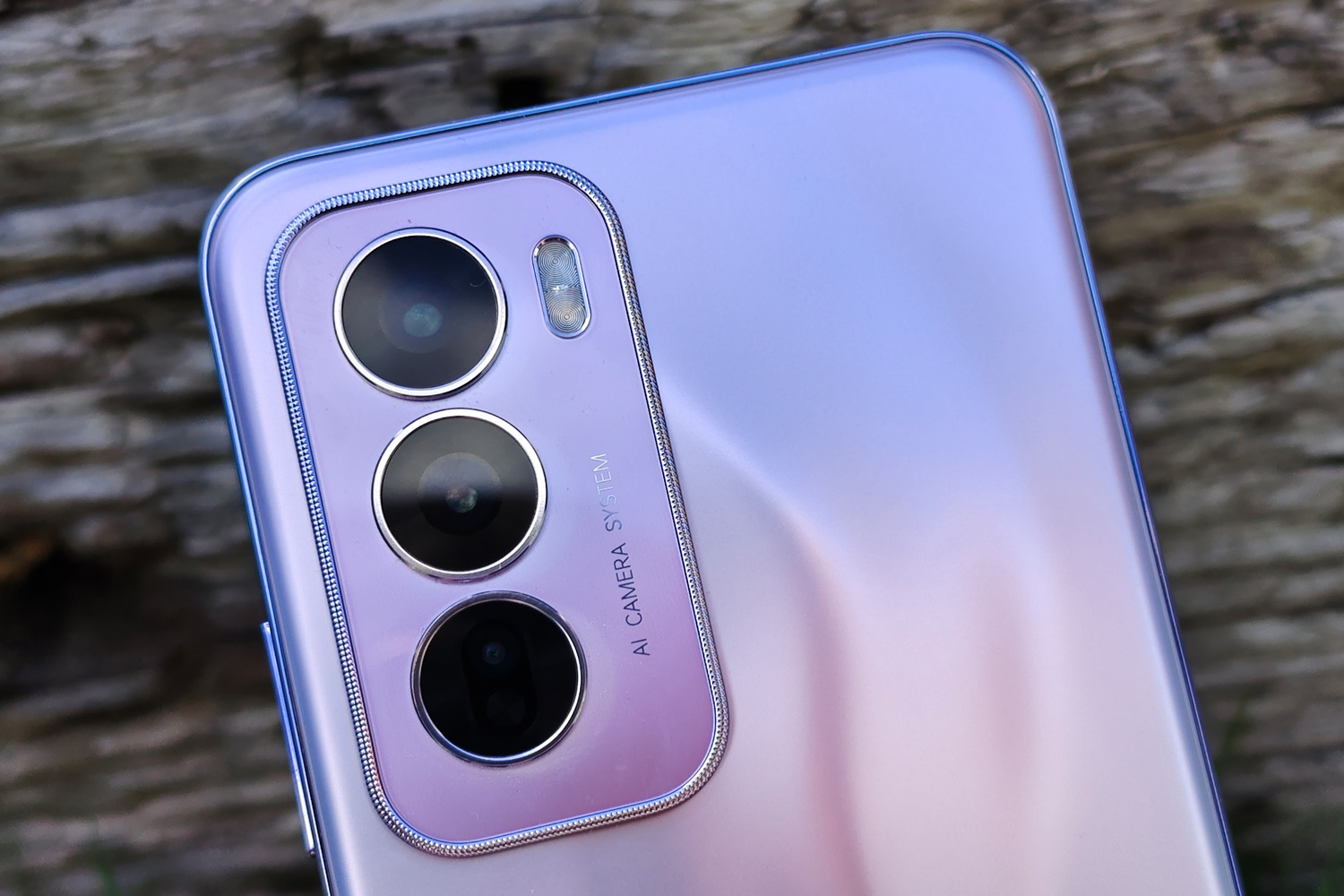
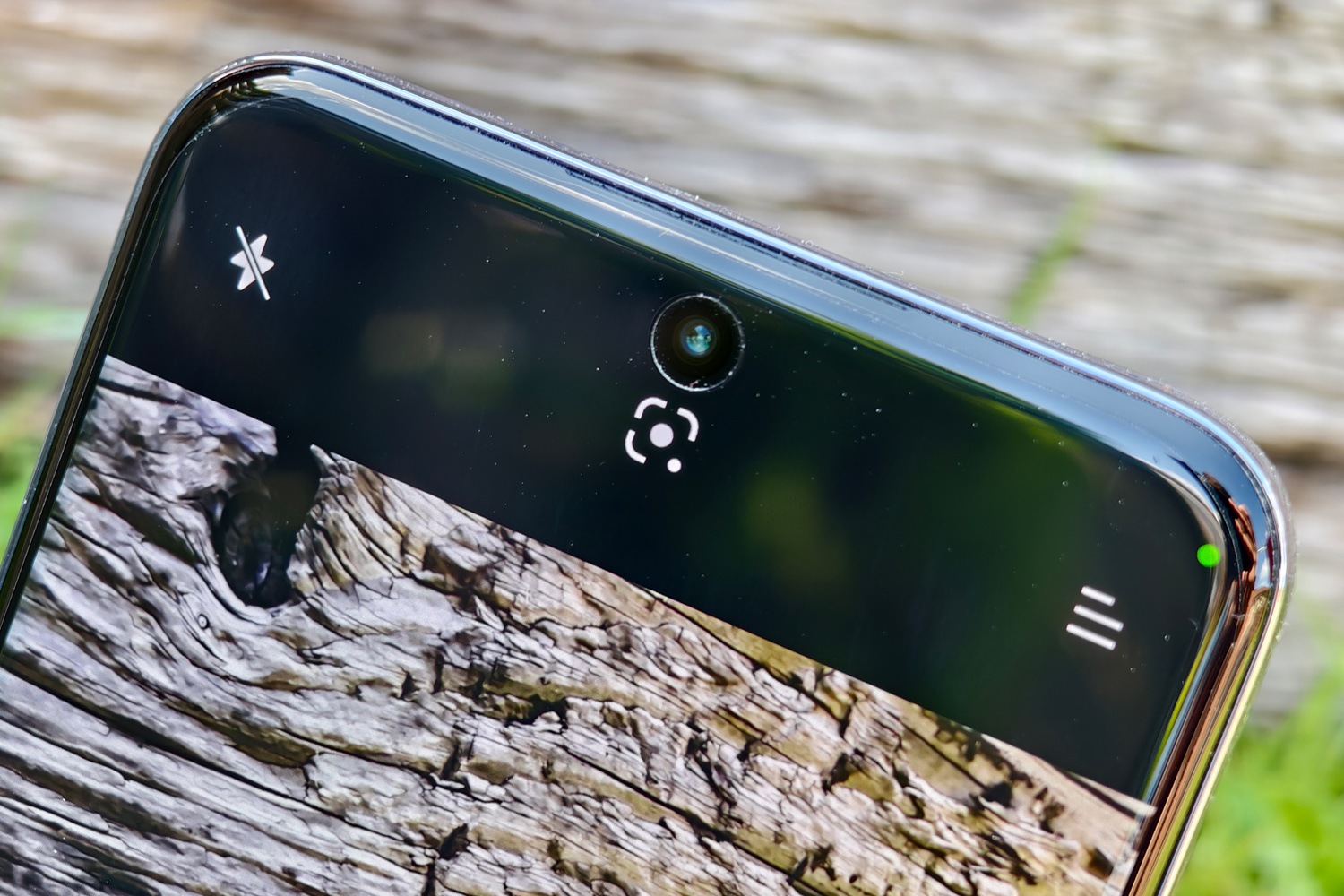
The Reno 12 Pro is clearly courting a younger crowd with its portrait- and selfie-centric camera setup. There are three 50MP snappers – two on the rear and one on the front – while the ultrawide lens makes do with a mere 8MP unit. The lead lens gets optical image stabilisation, and its wider f/1.8 aperture makes it the best choice for any low-light photography.
Dedicated zoom lenses aren’t a common sight on mid-range phones just yet, and 2x magnification isn’t huge, but it produces more flattering portraits than the lead camera without getting so physically close to your subject. 5x hybrid zoom holds up very well in bright conditions, with detail only dropping in line with the amount of light. I wouldn’t rely on the digital magnification, which goes all the way to 20x but shows a rapid quality dive.


Both the zoom and ultrawide cameras expose for highlights, which can leave some shots looking a lot darker compared to the lead lens. Quality is respectable for the money, although the ultrawide can’t resolve nearly as much detail and relies more on image sharpening to give the impression of clarity. It lacks autofocus so is no good for close-ups, either. Colours come up a little warmer, too – but both are perfectly serviceable for social media.


The lead lens has more dynamic range to work with, so photos tend to expose a little brighter. There’s a great amount of detail on display, even when you pixel-pinch; Oppo knows what it’s doing in terms of image processing, having produced the outstanding Find X7 Ultra earlier this year, so this didn’t come as a surprise. Colours are vibrant and focusing was quick, though not always completely accurate – especially with moving subjects.

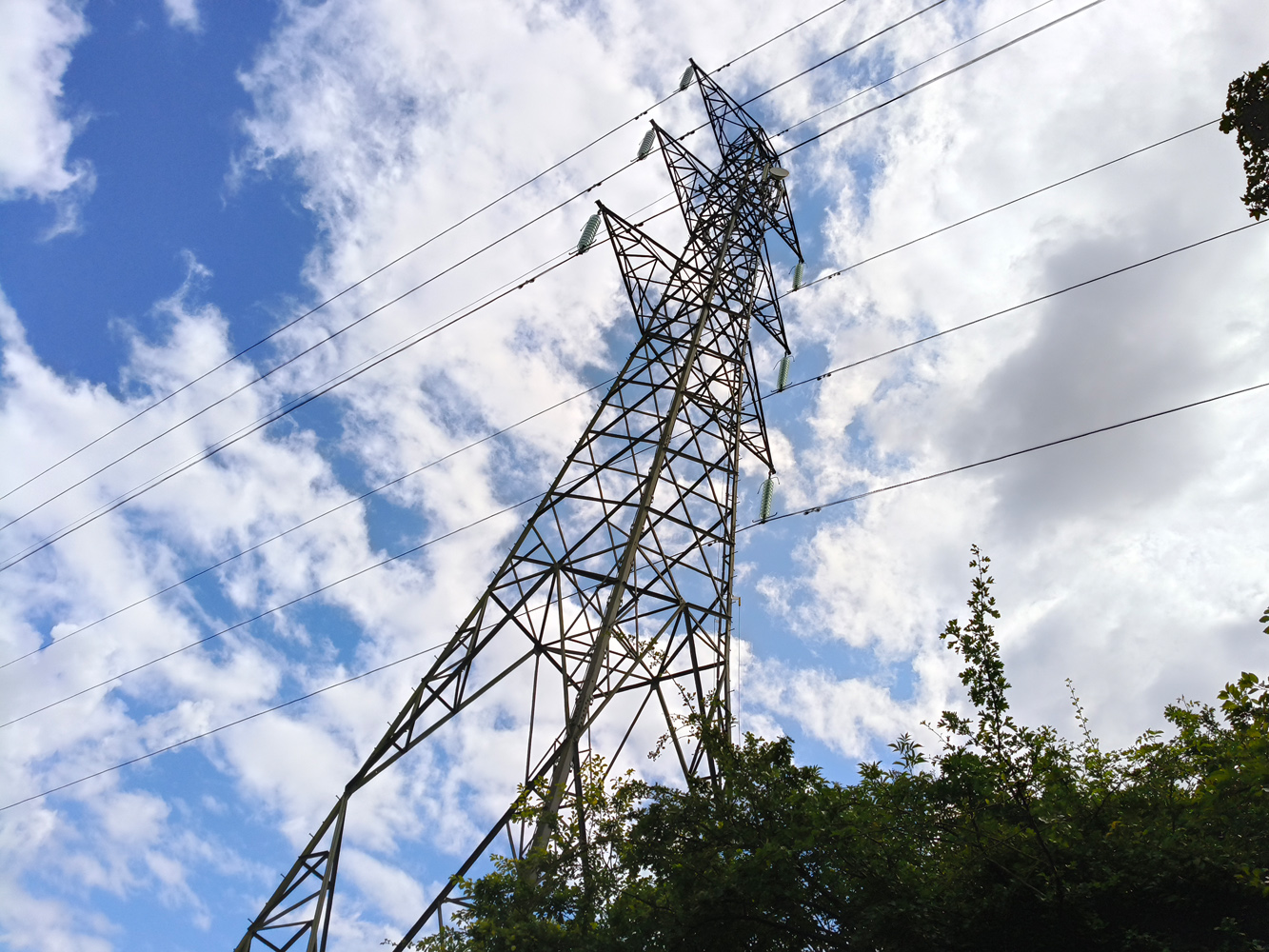
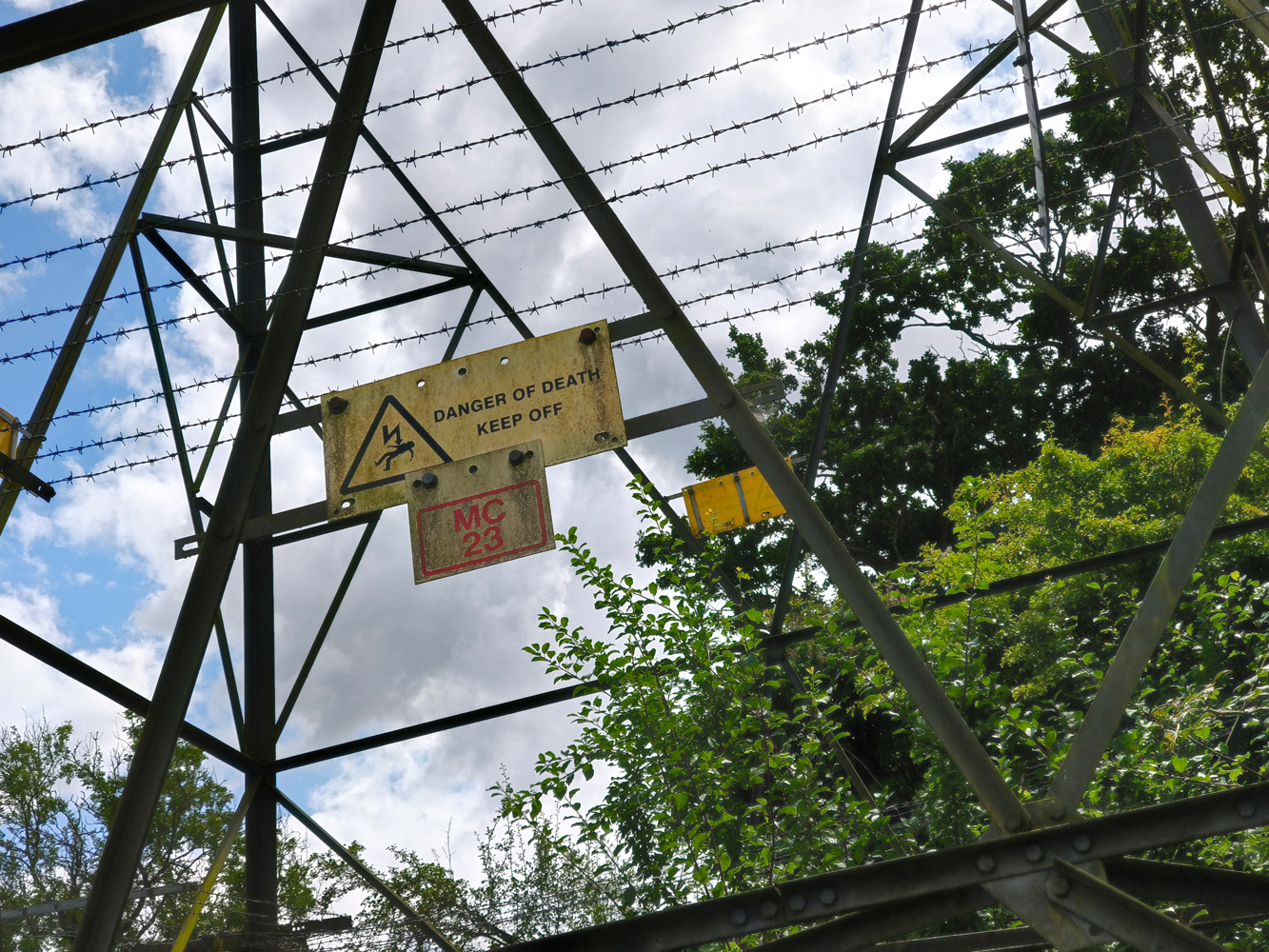






Oppo’s night mode is quick to kick in across all three lenses, with the main camera being fastest and producing the least noise. The Reno 12 Pro is a decent enough performer here, but Google and Samsung’s low-light smarts give them the edge on detail and definition.


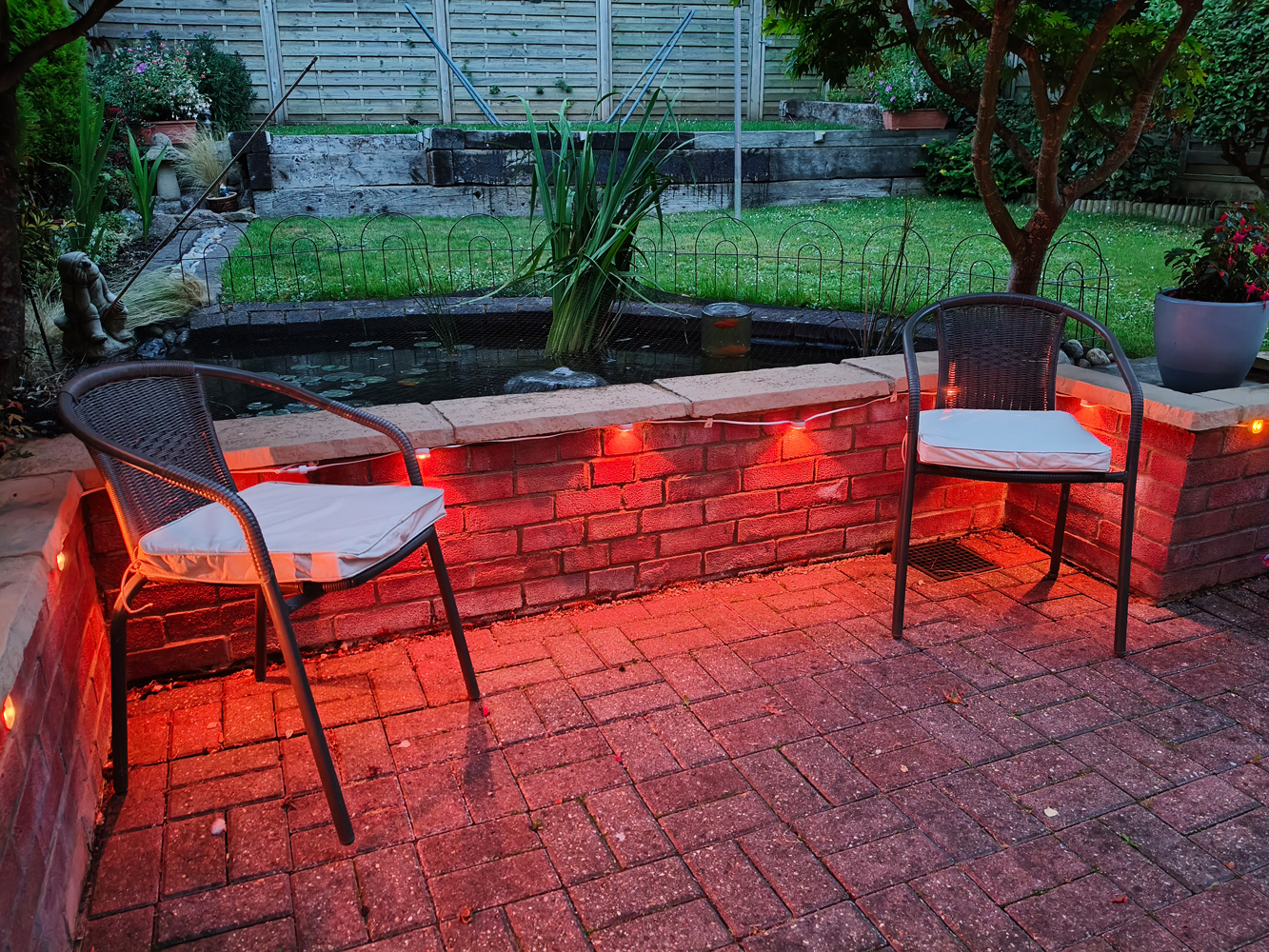

The Reno claws it back with the 50MP front camera, at least if you’re a selfie fan. Autofocus and a wide field of view make it a breeze to get a few people into the shot, and it’s a good judge of skin tone. Exposure consistency could be a little better, but there’s plenty of dynamic range on display.
As good as it is for stills shooting, this isn’t the phone for making movies with. The ultrawide is restricted to 1080p, and the telephoto lens doesn’t appear to be used at all, with the camera app instead cropping in on the main sensor. You can’t switch between lenses while recording, and stabilised footage isn’t all that steady either.
Software experience: too much Color
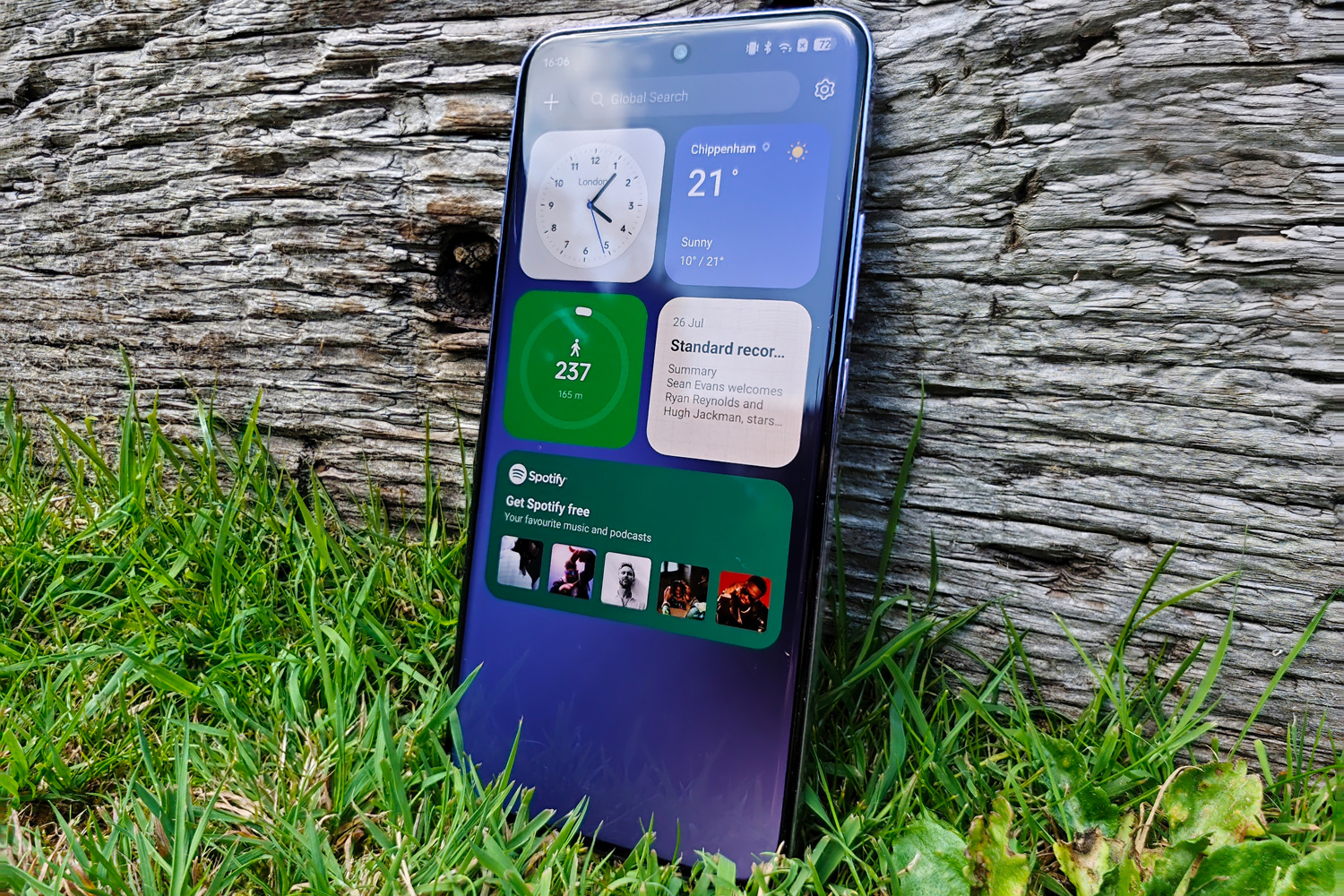
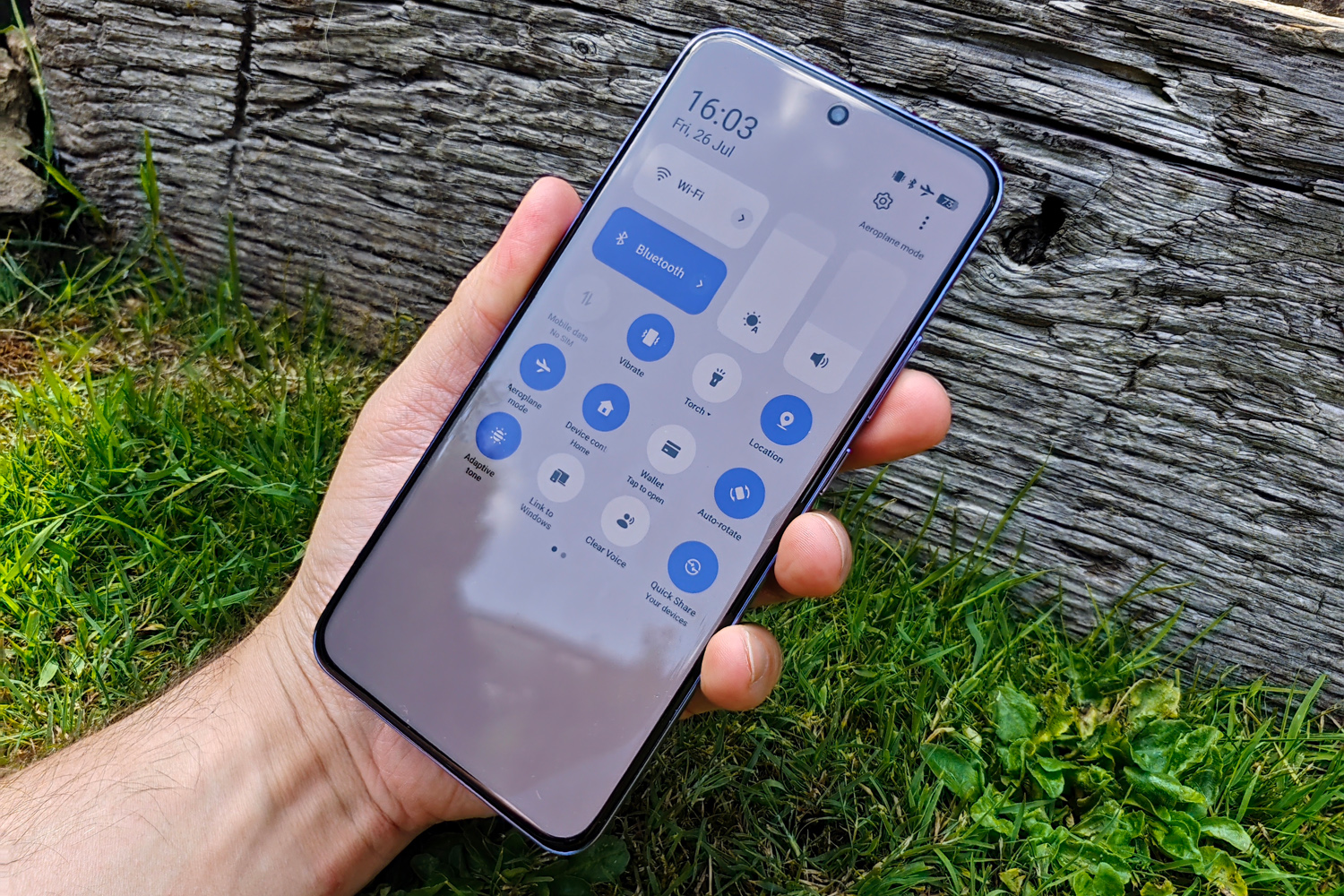
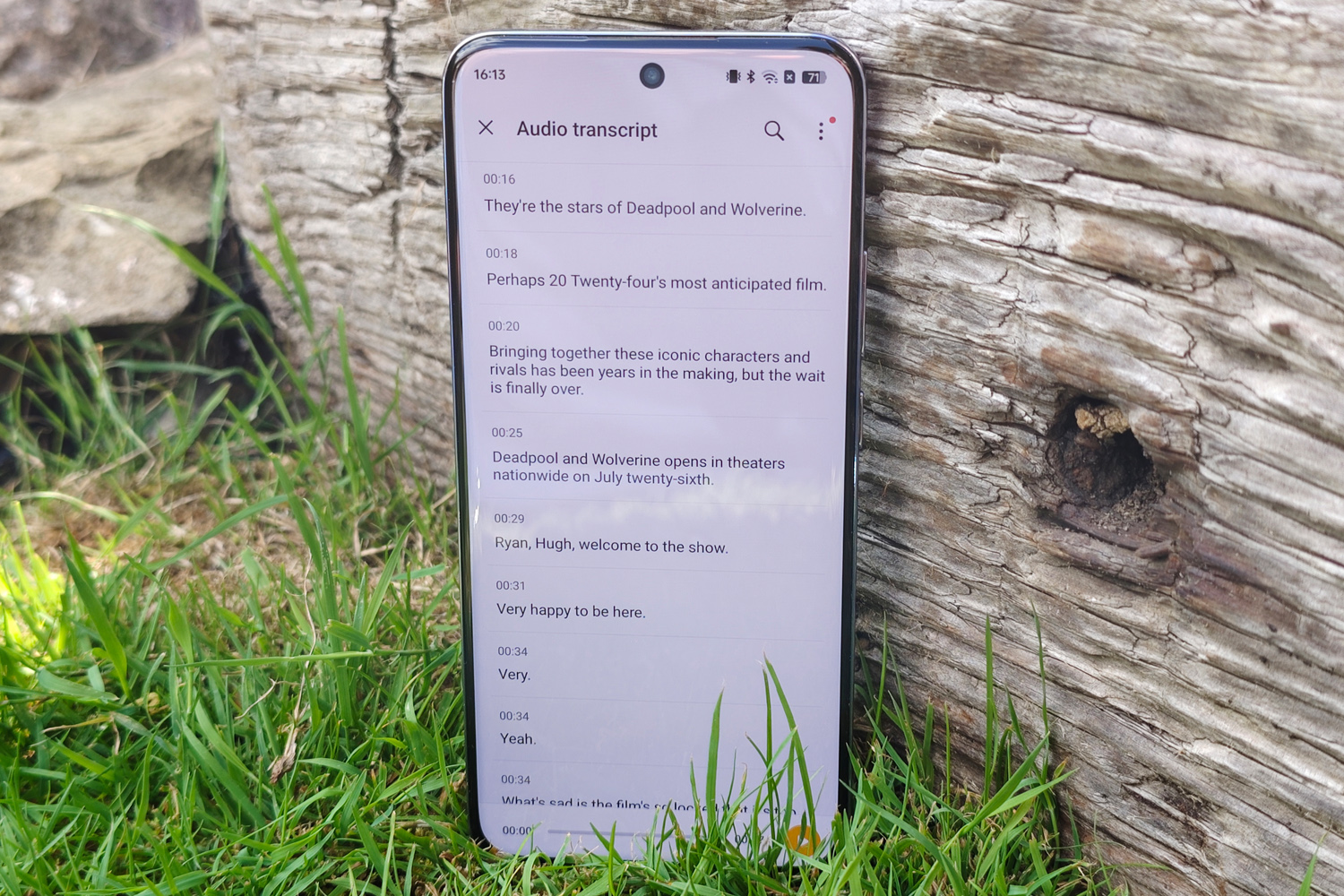
I’m pretty familiar with Oppo’s ColourOS by this point; you’ll find the same slightly tweaked take on Android on recent Realme and OnePlus phones, albeit under different names. Version 14.1 brings a few AI-based feature upgrades, including transcription and summaries for the voice recorder app, and a smart eraser for the image gallery. The former didn’t have the best success rate, and the latter is essentially just bringing Oppo up to par with the likes of Google and Samsung.
The promised big addition, AI Studio, hadn’t landed on my handset in time for this review, even after an OTA update. It’s supposed to create generative portraits from a single snap, in a range of different styles, with the heavy lifting done on a server somewhere rather than your phone. I’ve seen this tech on Samsung’s flagship foldables, but never on a mid-range device. Hopefully Oppo hurries up and releases it.
I was a bit disappointed by the number of pre-installed games and apps, as well as how the phone is desperate to get you to download more right from the off. This sort of bloat is pretty common on phones aimed at Eastern markets, but it comes across as cheap here in the West, where rivals are fuss-free right out of the box. And that’s not counting Oppo’s own-brand apps, which want to replace Google as your go-tos and can’t all be uninstalled.
Oppo’s software commitment isn’t as good as the class leaders, with just two years of Android version updates and three years of security patches. If you’ll be keeping your phone for longer than that, a Samsung Galaxy A55 or Google Pixel 8a makes more sense.
Performance & battery life: capacity over capability
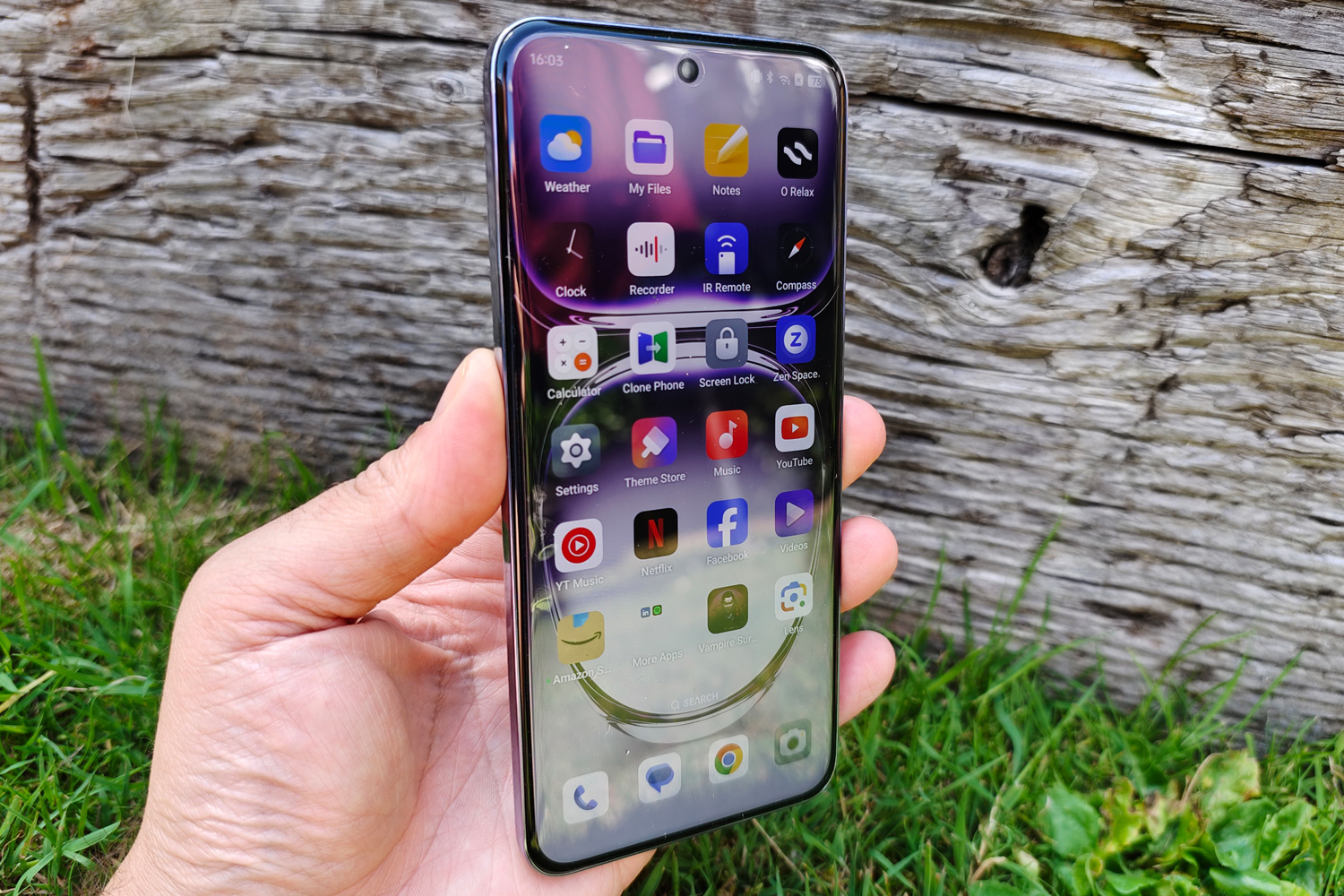
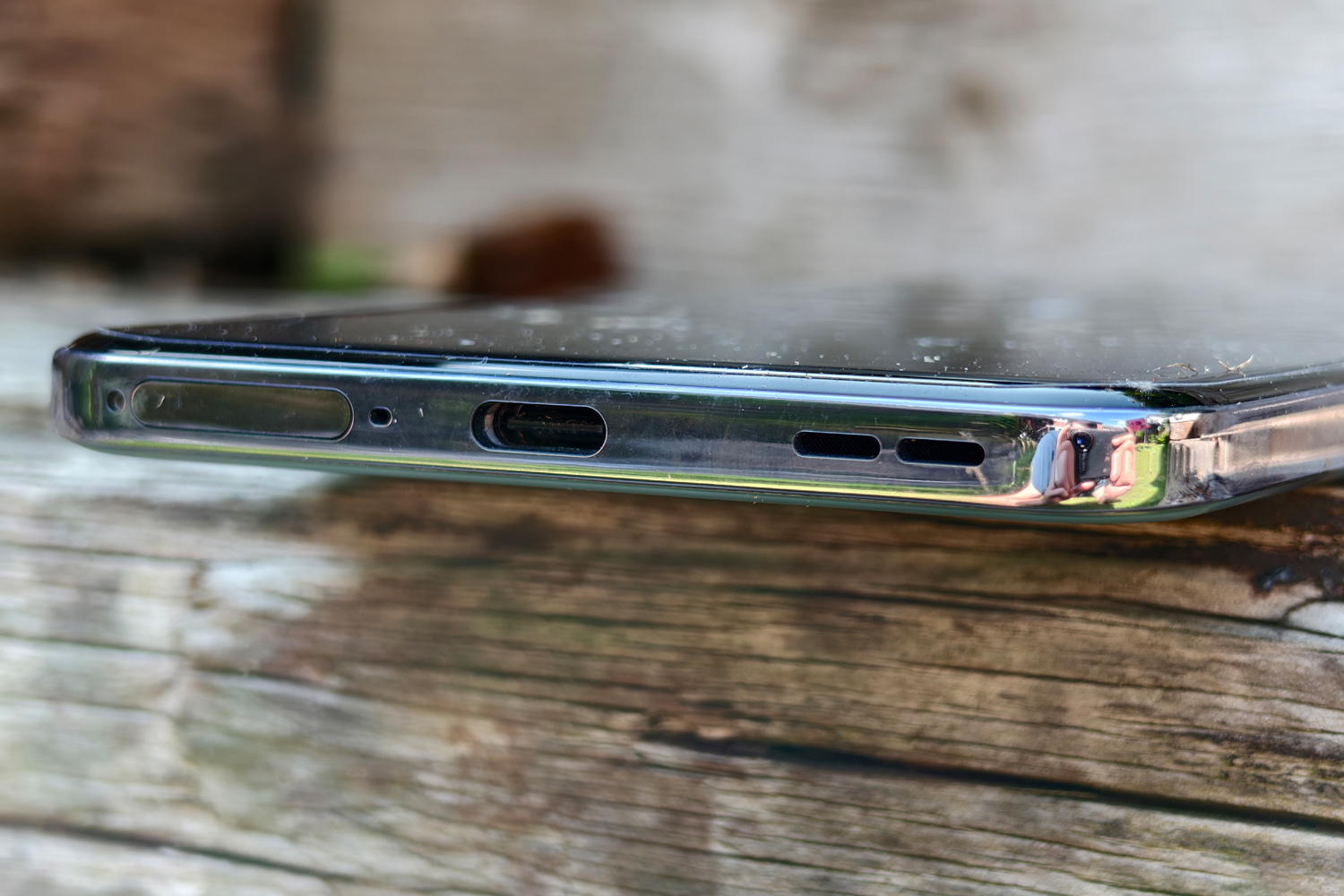
The Oppo Reno 12 Pro isn’t the first phone I’ve tried with a Dimensity 7300 chipset; it recently showed up in the much cheaper Nothing CMF Phone 1. That was the full-fat version, though – this is the Energy variant, which is meant to be a more power-efficient take on the mid-range silicon.
For daily duties it’s a decent performer, running Android reasonably smoothly. None of my most-used apps showed any major sluggishness or slowdown, and 12GB of RAM ensured it could switch between multiple apps without having to regularly reload them. Benchmarks tell a different story, with modest Geekbench scores being less than half what a Galaxy A55 or Pixel 8a can manage.
That also applies to gaming tests, with frame rates consistently below similarly-priced rivals. I got a playable performance in more demanding titles like Zenless Zone Zero and Call of Duty Mobile by sticking to medium settings. You won’t see any major hitches or stuttering here, but there are definitely other mid-rangers that make for better gaming phones. That said, it handled sustained use very well, never getting especially toasty or having to throttle its speeds.
Oppo hasn’t skimped on storage, at least for the UK, where 512GB of on-board memory is standard. Other territories can also pick up a 256GB entry-grade model for slightly less cash.
The one area the Reno12 Pro outperforms its peers is battery life. A 5000mAh battery isn’t uncommon around the £500 mark, but pairing it with an energy-sipping CPU means it outlasts pretty much every phone I’ve tested in the price bracket. One and a half days of use is a given, and two is easily achievable if you avoid 5G data and heavy gaming. And that’s before needing to activate any power saving modes.
There’s no wireless charging here, and depending on where you live there might not be a power brick in the box either. But provide your own SuperVOOC-compatible plug and the Reno 12 Pro can top up at a heady 80W. That’s faster than anything Google or Samsung can manage, even at the flagship level, and means a full charge takes just three quarters of an hour.
Oppo Reno 12 Pro verdict
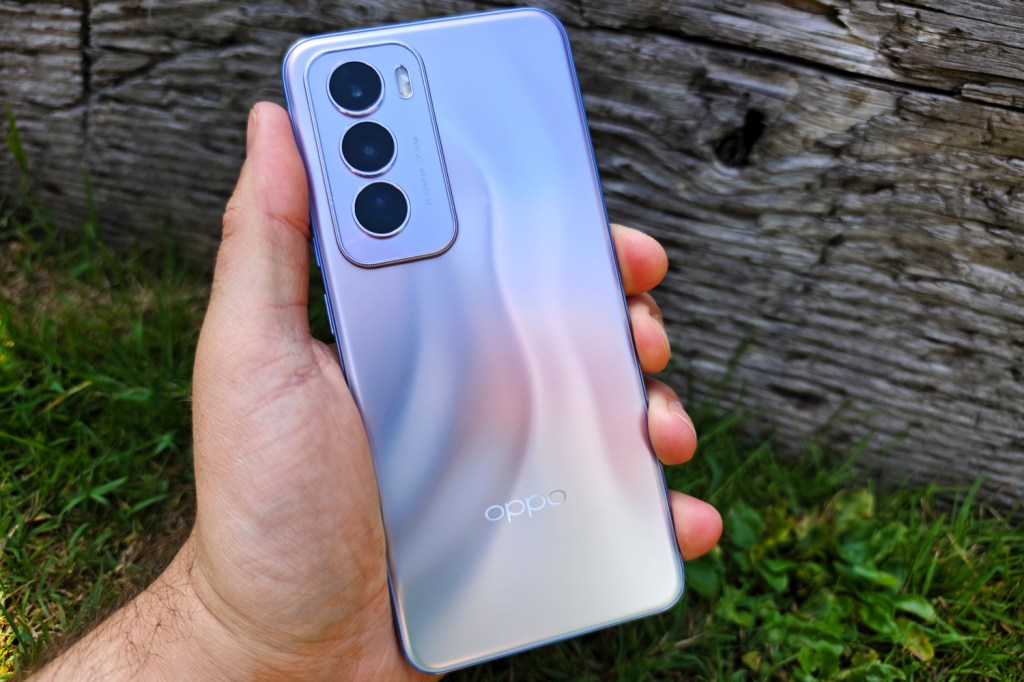
The mid-range phone world is ultra-competitive right now, putting the Oppo Reno 12 Pro in a tricky position. It doesn’t drop the ball in any one area – but it doesn’t truly stand out in any either. It looks the part, but the plastic build can’t match the Samsung Galaxy A55 on materials; it’s speedy enough for general use, but lags behind in gaming; that lead camera takes a clean photo, but the total package isn’t able to best the Google Pixel 8a.
Those phones can’t match it on battery life or charging speeds, though, and the sizeable screen doesn’t disappoint. If you’re after an all-rounder with a few extra niceties you won’t find from the big hitters like expandable storage and an IR blaster, the Reno 12 Pro is definitely worth your attention.
Stuff Says…
This big-screen mid-ranger does the basics well, and has cameras that punch above their weight. The Oppo Reno 12 Pro can’t claim class honours in any one area, but is a consistent all-rounder
Pros
Vibrant OLED screen
Main camera takes very respectable snaps
Long-lasting battery with speedy charging
Cons
Gamers will find better performance elsewhere
Plastic build feels a little cheap
Lots of pre-installed bloat
Oppo Reno 12 Pro technical specifications
| Screen | 6.7in, 2412×1080 AMOLED w/ 120Hz |
| CPU | MediaTek Dimensity 7300 Energy |
| Memory | 12GB RAM |
| Cameras | 50MP, f/1.8 w/ phase-detect autofocus, OIS + 50MP, f/2.0 w/ phase-detect autofocus, 2x optical zoom + 8MP, f/2.2 ultrawide rear 50MP, f/2.0 front w/ phase-detect autofocus |
| Storage | 256/512GB on-board, microSD expansion |
| Operating system | Android 14 w/ ColorOS |
| Battery | 5000mAh w/ 80W wired charging |
| Dimensions | 162x75x7.4mm, 180g |



